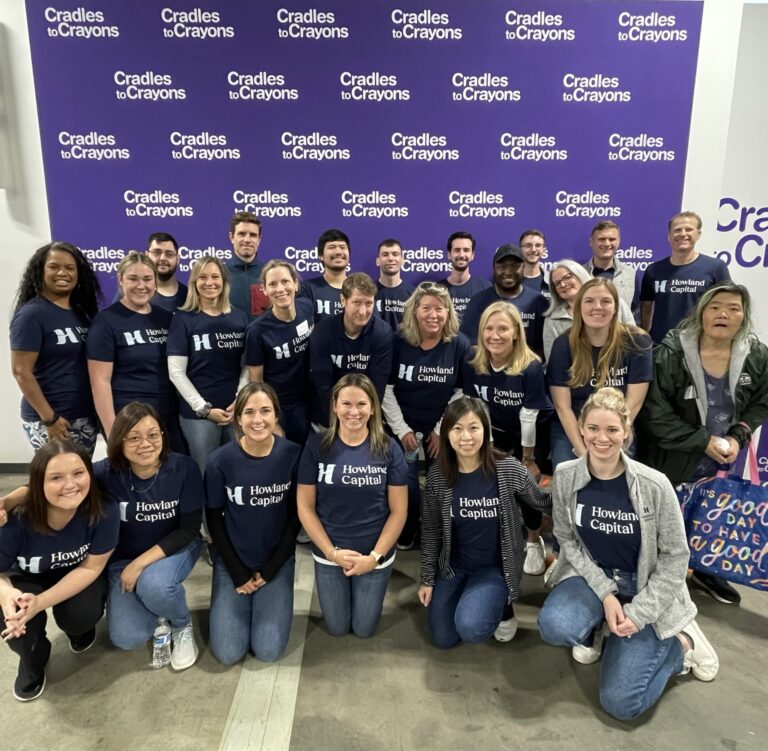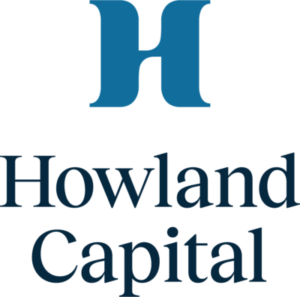If you have ever been a passenger on a plane in turbulent weather (as most have), you have likely experienced the discomfort caused by the bumpy ride. Competing forces – wind speed, engine thrust, pilot skill – all make it harder to fly and land the plane smoothly. As we pass the halfway point in the year, economic conditions remain turbulent. Competing forces of slowing growth, high inflation, and rising interest rates have made for a bumpy ride. The pilot steering for a soft landing is Federal Reserve (Fed) Chair Jerome Powell. The Fed’s mandate is twofold – full employment and price stability. The employment environment is strong and the unemployment rate is very low, while labor shortages have led to upward pressure on wages. Inflation is the primary risk, and the Fed is laser-focused on doing whatever it can to bring inflation under control. In recent months the Fed has been more aggressive. It increased short-term interest rates by 0.75% at the June meeting, a larger hike than most expected. It also raised its forecast for interest rates in the next several months, citing inflation risk, while lowering its outlook for growth. Naturally, economists and investors are asking whether this leads to a “soft landing” or a recession. While the question is important, we are also piloting our clients through the economic cycle. Recessions require two quarters of economic contraction, and are only evident in hindsight. Historically, equity markets contract prior to a recession and rise in anticipation of the next growth cycle. Most investors have an investment horizon that is much shorter than a typical economic cycle. We focus on a much longer-term horizon and we remind our clients of the importance of patience and staying invested, and of having the right investment mix to ride out turbulent times.
Though we cannot predict when the next recession will occur, we do have some visibility into the outlook for economic growth. Following a strong end to last year, first quarter real GDP contracted at an annualized rate of 1.5%. The weakness was primarily caused by volatile trade and inventory data. The rising dollar and sluggish demand from Europe amid the war in Ukraine were the primary culprits for the weak trade numbers. On the domestic front, corporate inventories, which provided a big boost to GDP in 2021, were a drag on growth this year as consumers shifted from buying goods to services. On a positive note, consumer spending, which accounts for over two-thirds of GDP, was very strong. As a result, we expect second quarter GDP growth to be positive. However, we are very cautious about the second half of the year. We expect the surge in consumer spending on leisure, travel, and entertainment is likely to moderate. Retail sales may also come under pressure as low and middle income consumers are squeezed by high gas prices and the expiration of federal stimulus programs.
Finally, a swift rise in mortgage rates in recent months from roughly 3% to 6% is also likely to weigh on home sales and new construction. In sum, we expect GDP to remain soft with an increased probability of a recession. A reduction in inflation from the current elevated level will be an important key to whether a potential recession is mild or severe. All of us are feeling the pain at the gasoline pump and are spending more at the grocery store and at restaurants. Both the Consumer Price Index (CPI) and Personal Consumption Expenditures (PCE) are close to recent peaks, and far above the Fed’s 2% long-run target. June inflation is likely to remain elevated, especially with gasoline prices spiking during the summer travel season and we expect both of the indicators above to stay elevated through July.
The bigger question is what happens as summer fades? Much of the inflation pain has been exacerbated by supply constraints and the rising cost of commodity inputs. Although there are some indications that supply chain bottlenecks are improving, it is still early days. We also think consumers are likely to pull back their spending in the coming months, which could help food and energy prices moderate. Therefore, we expect inflation to moderate in the second half of the year and the plane landing may be smoother than feared, enabling the economy to avoid a severe recession.

